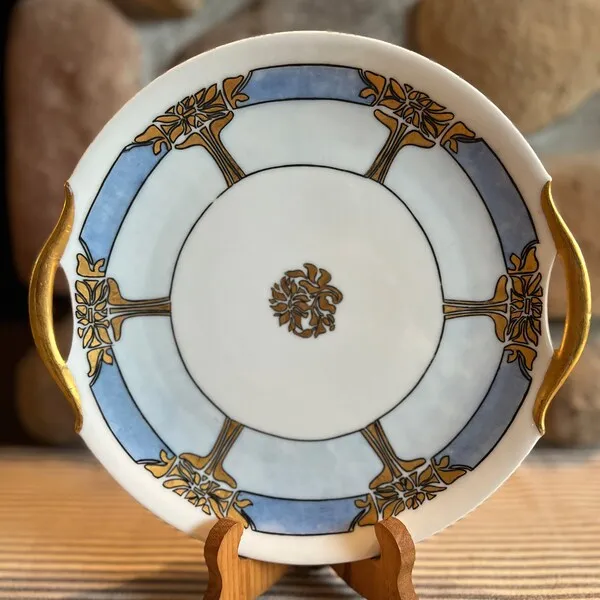Understanding Bavarian Kitchen Decor
Bavarian kitchen decor evokes a sense of warmth, tradition, and rustic charm. Rooted in the cultural heritage of Bavaria, Germany, this style emphasizes natural materials, cozy textures, and a connection to the land. It’s a style that celebrates simplicity, functionality, and the beauty of craftsmanship. If you’re looking to infuse your kitchen with a welcoming atmosphere, Bavarian decor offers a delightful blend of elegance and comfort. This guide will help you get started, providing insights into the key elements, planning stages, and implementation strategies for creating your dream Bavarian kitchen. Whether you’re undertaking a complete renovation or a simple refresh, understanding the core principles of this style will empower you to create a space that feels both authentic and inviting.
Key Elements of Bavarian Style
Bavarian kitchen design is characterized by specific elements that contribute to its unique aesthetic. Understanding these key components is crucial for achieving an authentic look. These elements work together to create a cohesive and inviting space that reflects the region’s rich cultural heritage. Focusing on these aspects will ensure your kitchen captures the true essence of Bavarian style, creating a space that is both beautiful and functional, a true heart of the home.
Color Palette and Materials
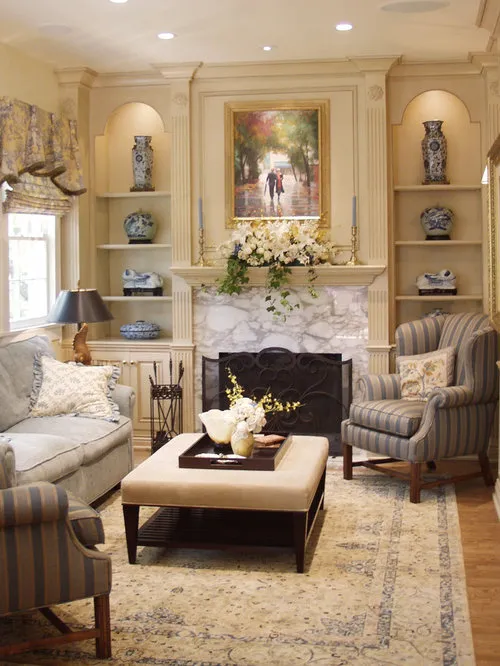
The color palette of a Bavarian kitchen typically draws inspiration from nature, featuring earthy tones like warm browns, creamy whites, and soft greens. These colors create a sense of tranquility and connection to the natural environment. Materials such as wood, stone, and natural textiles are central to the design. Wood, in particular, is a dominant feature, used for cabinets, flooring, and exposed beams. Stone accents, such as countertops or backsplashes, add a touch of rustic elegance. The interplay of these materials and colors establishes the cozy and inviting ambiance that defines the Bavarian kitchen aesthetic. Imagine a kitchen where the warmth of wood meets the coolness of stone, all bathed in the soft glow of natural light, creating a truly harmonious space.
Wooden Elements
Wood is the cornerstone of Bavarian kitchen decor. Solid wood cabinets, often with intricate carvings or traditional paneling, are a hallmark of the style. The wood can be left in its natural state, stained to enhance the grain, or painted in muted colors. Wooden countertops, butcher blocks, and open shelving add to the rustic charm. Exposed wooden beams on the ceiling can further enhance the traditional feel. The type of wood used is important, with options like oak, pine, and beech commonly found in Bavarian kitchens. The goal is to create a space that feels warm, inviting, and connected to nature, reflecting the region’s deep connection to its forests and landscape. The prominence of wood, both in its natural form and as a crafted element, gives the kitchen a sense of history and heritage.
Textiles and Fabrics
Textiles and fabrics play a crucial role in adding warmth and coziness to a Bavarian kitchen. Traditional patterns like checks, stripes, and floral motifs are frequently used in curtains, tablecloths, and chair cushions. Natural fabrics like linen, cotton, and wool are preferred for their tactile qualities and connection to the environment. Embroidery and handmade details can be incorporated for a personal touch. Consider adding a checkered tablecloth, linen curtains, or cushions with floral patterns to introduce these elements. These fabrics not only add visual interest but also create a sense of comfort and hospitality. The use of textiles softens the overall design and creates a welcoming atmosphere, perfect for gathering and enjoying meals with family and friends. The careful selection and placement of textiles can significantly enhance the kitchen’s charm.
Planning Your Bavarian Kitchen Decor
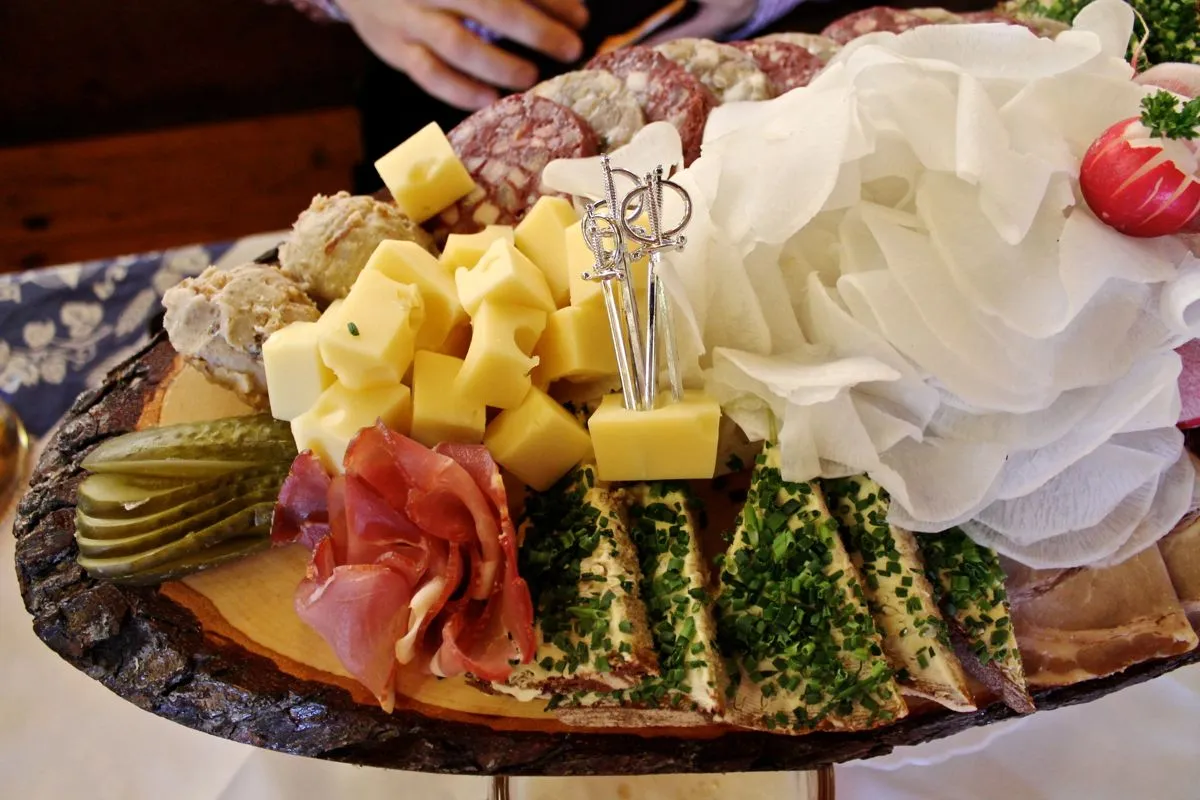
Before embarking on your Bavarian kitchen transformation, careful planning is essential. Taking the time to define your needs, set a budget, and choose the right elements will ensure a successful and satisfying outcome. This phase involves both practical considerations and creative vision, providing the foundation for a kitchen that is both beautiful and functional. Consider the size of your space, the existing layout, and your personal preferences to tailor the design to your specific needs and create a space that reflects your unique style. Effective planning prevents costly mistakes and helps you achieve your desired results.
Defining Your Space and Needs
Assess your existing kitchen space, considering its size, layout, and natural light. Determine your specific needs and how you use the kitchen. Do you prioritize cooking, dining, or entertaining? Consider how you can best utilize the space to meet these needs. Think about the flow of the kitchen, ensuring easy access to work areas, storage, and appliances. Identify any limitations or challenges, such as awkward corners or outdated fixtures. Sketching a basic floor plan can help visualize the layout and identify potential opportunities for improvement. By carefully analyzing your space and needs, you can create a kitchen design that is both beautiful and functional, perfectly suited to your lifestyle.
Setting a Budget
Determine a realistic budget for your Bavarian kitchen project. Consider all potential costs, including materials, furniture, appliances, and labor, if applicable. Research the prices of different items and compare options to find the best value. Prioritize the elements that are most important to you and allocate your budget accordingly. Decide whether you are planning a complete renovation or a more modest update, as this will significantly impact the overall cost. It’s often helpful to allocate a contingency fund for unexpected expenses. By setting a clear budget at the outset, you can stay on track and avoid overspending. Careful financial planning ensures that you can achieve your desired look without compromising your financial goals.
Choosing the Right Furniture and Accessories
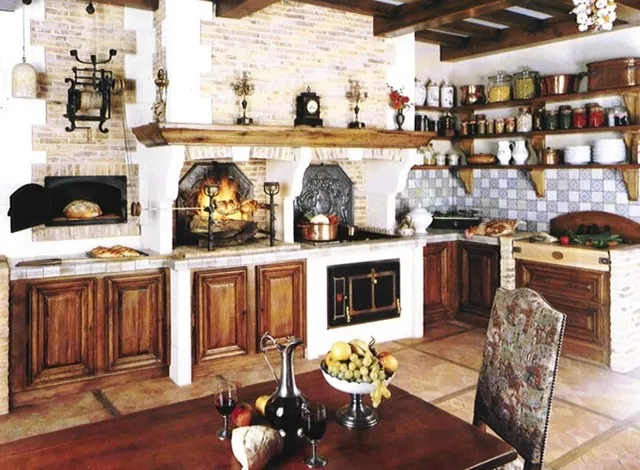
Select furniture and accessories that reflect the Bavarian style. Consider traditional wooden tables and chairs, ideally with a rustic finish. Opt for a farmhouse-style sink and faucet. Choose accessories that complement the overall aesthetic, such as ceramic dishes, copper cookware, and decorative wooden items. When choosing furniture, focus on quality craftsmanship and durability. Accessories should be carefully selected to enhance the ambiance, creating a cohesive and inviting space. Browse antique shops, craft fairs, and online retailers to find unique pieces that add character and charm. The right furniture and accessories will bring the Bavarian style to life, making your kitchen a warm and welcoming space.
Implementing Bavarian Decor
Once you have a clear plan, you can start implementing your Bavarian kitchen decor. This involves incorporating key elements like traditional furniture, textiles, and accessories. Careful execution and attention to detail are essential for achieving an authentic look. This phase brings your vision to reality, transforming your kitchen into a space that reflects the beauty and charm of Bavarian style. The process is about creating a space that is both functional and visually appealing, where every element contributes to the overall ambiance and appeal.
Adding Traditional Furniture
Integrate traditional wooden furniture, such as a farmhouse table, wooden chairs with carved details, and a rustic sideboard. Consider incorporating a hutch or display cabinet to showcase your collection of dishes and glassware. Choose pieces with a natural finish or a warm, inviting stain. The furniture should be sturdy and functional, reflecting the Bavarian emphasis on practicality and craftsmanship. If possible, source antique or vintage pieces for added authenticity. Arranging the furniture in a way that promotes gathering and conversation enhances the kitchen’s welcoming atmosphere. The furniture is more than just functional; it is a cornerstone of the design, contributing significantly to the overall style and feeling of your Bavarian kitchen.
Incorporating Textiles and Patterns
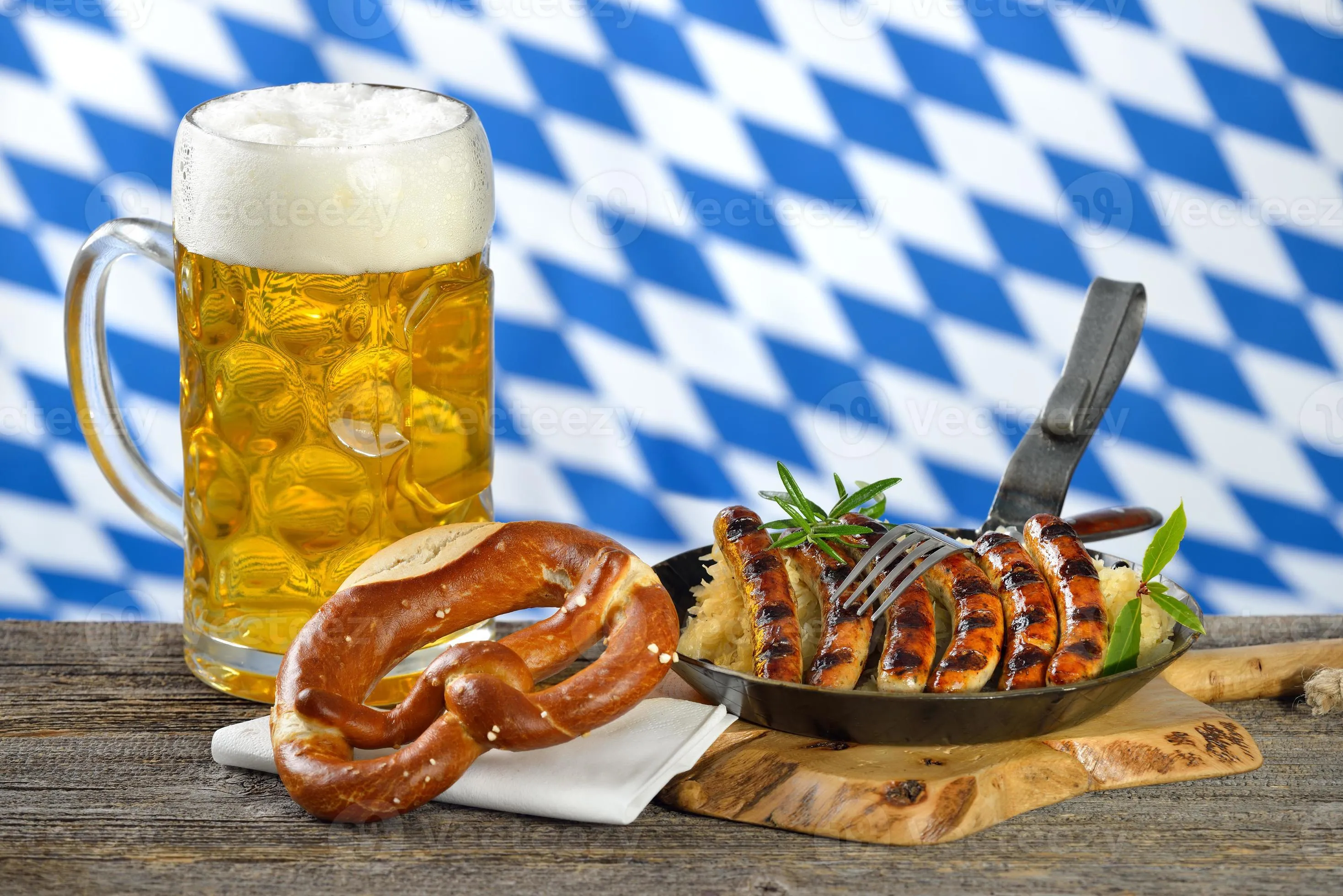
Introduce textiles with traditional Bavarian patterns. Use checkered or striped curtains, a tablecloth with a classic design, and cushions with floral motifs. Opt for natural fabrics like linen and cotton, which add warmth and texture to the space. Consider adding a runner on your table or a rug with a traditional pattern. These textiles add visual interest and create a sense of comfort and coziness. Coordinate the colors and patterns to create a cohesive look. The careful selection of textiles will bring life to the space, inviting you to relax and enjoy your kitchen even more.
Accessorizing with Bavarian Charm
Accessorize your kitchen with items that reflect Bavarian culture and craftsmanship. Display ceramic dishes, copper cookware, and wooden utensils. Hang decorative plates or artwork depicting traditional Bavarian scenes. Add a cuckoo clock or other unique items that reflect the region’s heritage. Consider incorporating fresh flowers or herbs in rustic pots. These accessories will bring the Bavarian style to life, making your kitchen feel both authentic and inviting. The choice of accessories can reflect your personal style, allowing you to infuse your space with unique personality. With each carefully selected accessory, your Bavarian kitchen becomes even more special, showcasing a style that is both traditional and timeless.
Lighting and Ambiance
Lighting plays a crucial role in creating the right ambiance for a Bavarian kitchen. Warm, inviting lighting can transform the space, making it feel cozy and welcoming. By carefully selecting your lighting fixtures and considering the overall atmosphere, you can create a kitchen that is both functional and aesthetically pleasing. The right lighting design will accentuate the style, enhancing the natural beauty of the materials and design elements while creating a sense of warmth and comfort.
Creating a Warm and Inviting Atmosphere
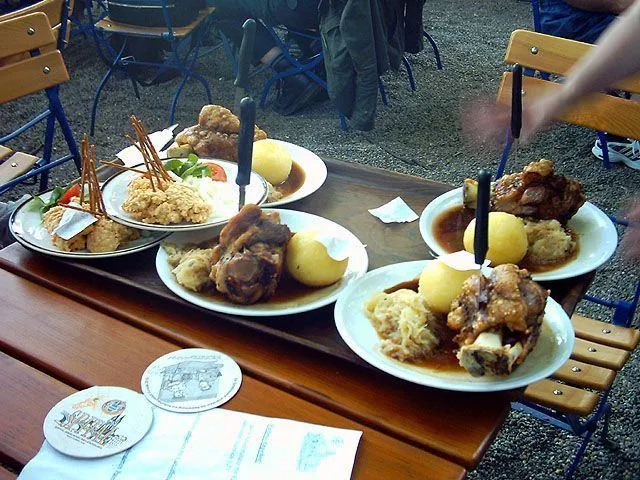
Aim for warm, inviting lighting in your Bavarian kitchen. Use a combination of ambient, task, and accent lighting to create a layered effect. Consider installing dimmer switches to adjust the brightness and mood. Soft, diffused lighting is ideal for creating a relaxing atmosphere. Avoid harsh, direct overhead lighting, which can make the space feel cold and sterile. The goal is to create a space that feels cozy and welcoming, perfect for cooking, dining, and gathering. A well-lit kitchen enhances the beauty of your decor, emphasizing the textures and colors of the wood, textiles, and accessories.
The Role of Lighting Fixtures
Choose lighting fixtures that complement the Bavarian style. Consider using pendant lights over the island or dining table, with rustic metal or wooden shades. Install wall sconces to provide additional ambient light. Consider the use of chandeliers with a traditional design. Warm-toned bulbs are preferable for creating a cozy atmosphere. The lighting fixtures should not only illuminate the space but also add to the overall aesthetic. The right choice of fixtures will enhance the ambiance, making your Bavarian kitchen even more inviting. Select fixtures that add visual interest and complement the rustic charm of the design.
By following these tips, you can create a stunning Bavarian kitchen that reflects your personal style and celebrates the beauty of traditional design. Embrace the warmth of wood, the charm of rustic details, and the coziness of inviting textiles. With careful planning and execution, your kitchen will become a welcoming haven, perfect for both everyday life and special occasions. Enjoy the process of transforming your kitchen into a space that is both functional and beautiful, embodying the spirit of Bavarian heritage.
